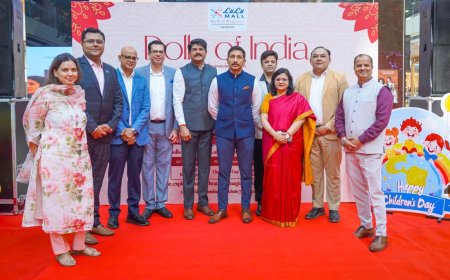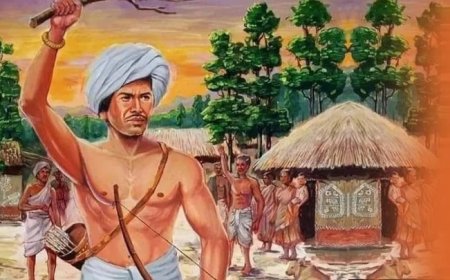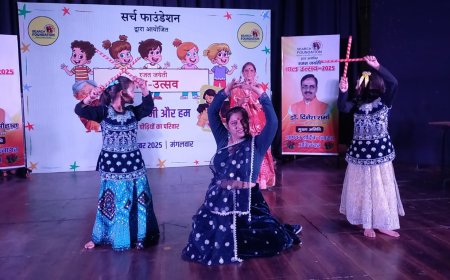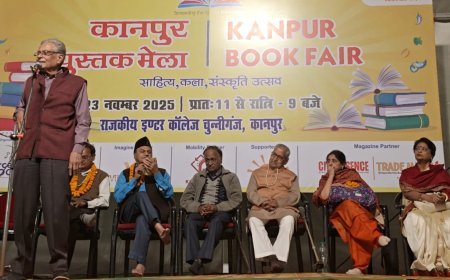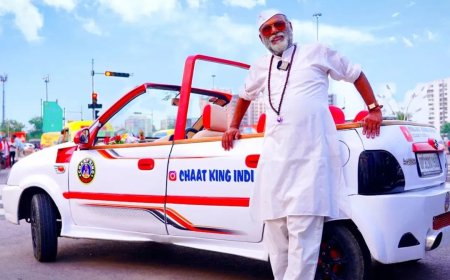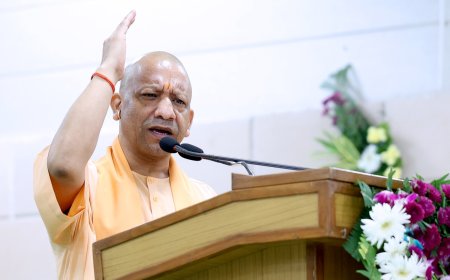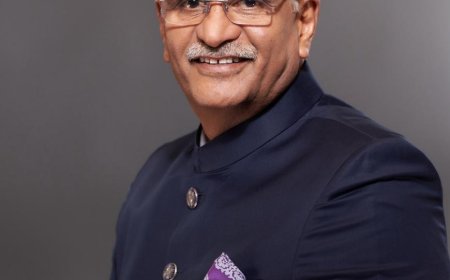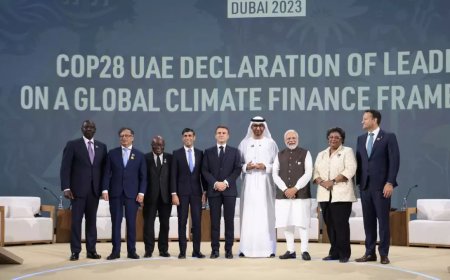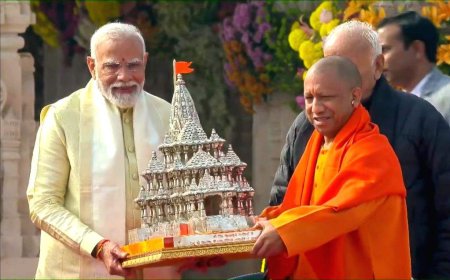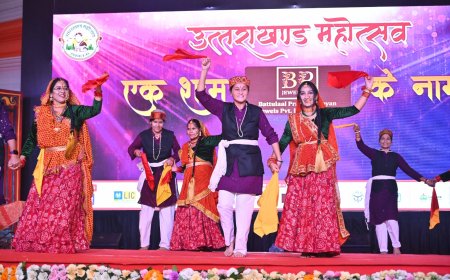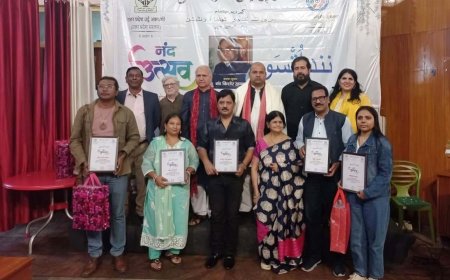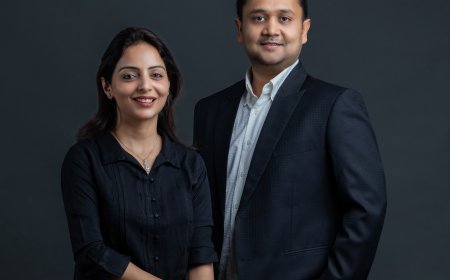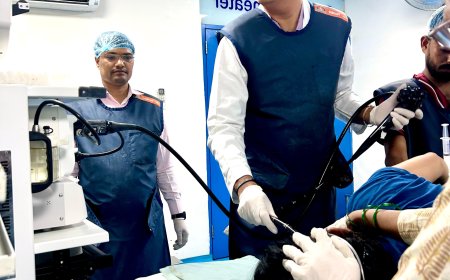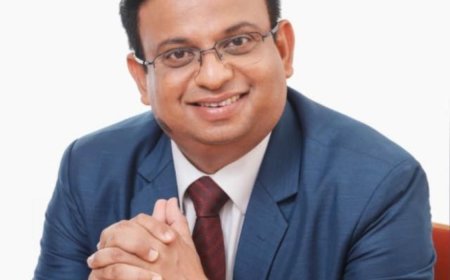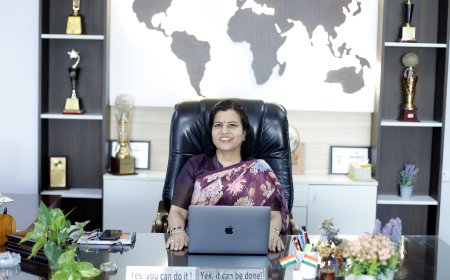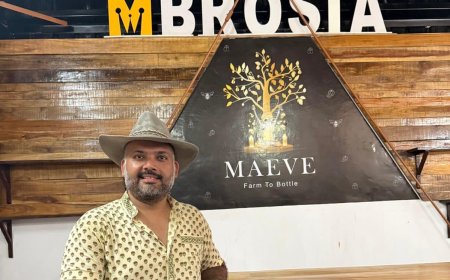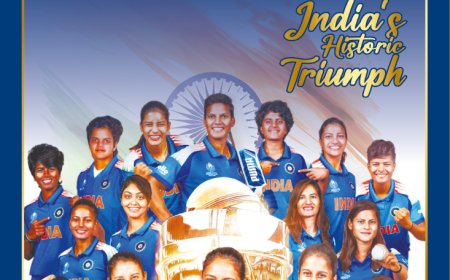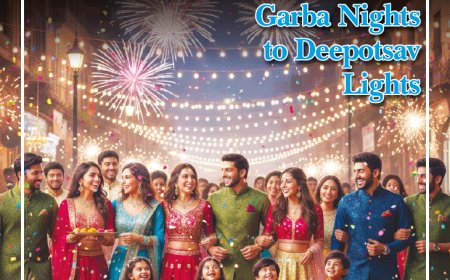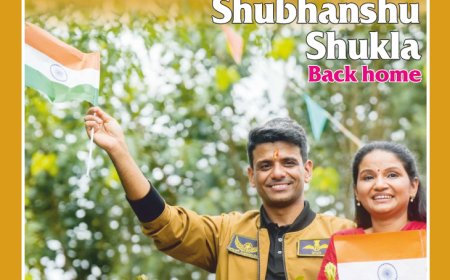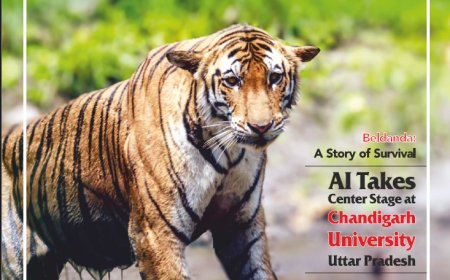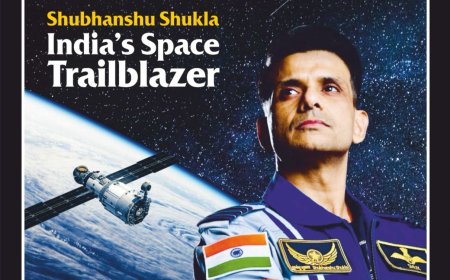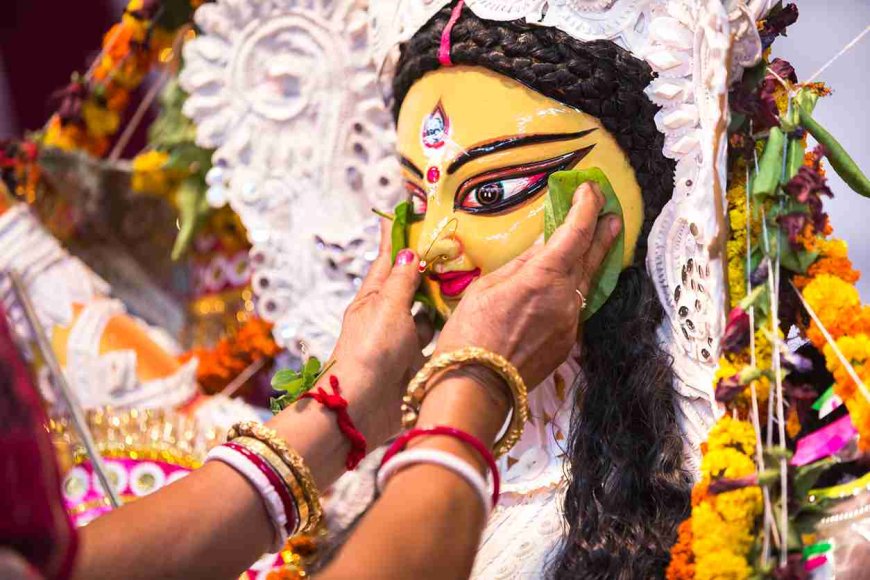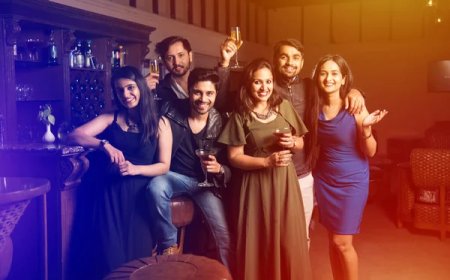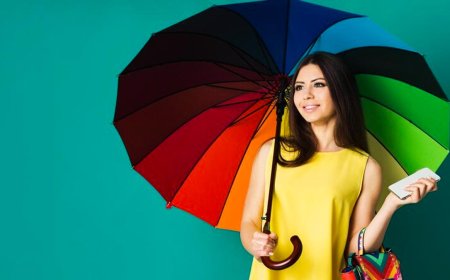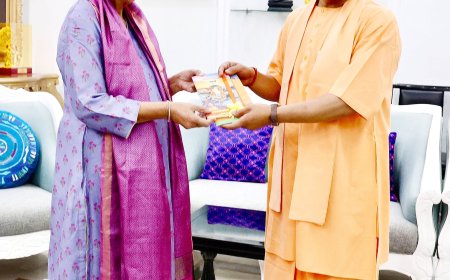Garba Nights to Deepotsav Lights: Embracing the Festive Fervor
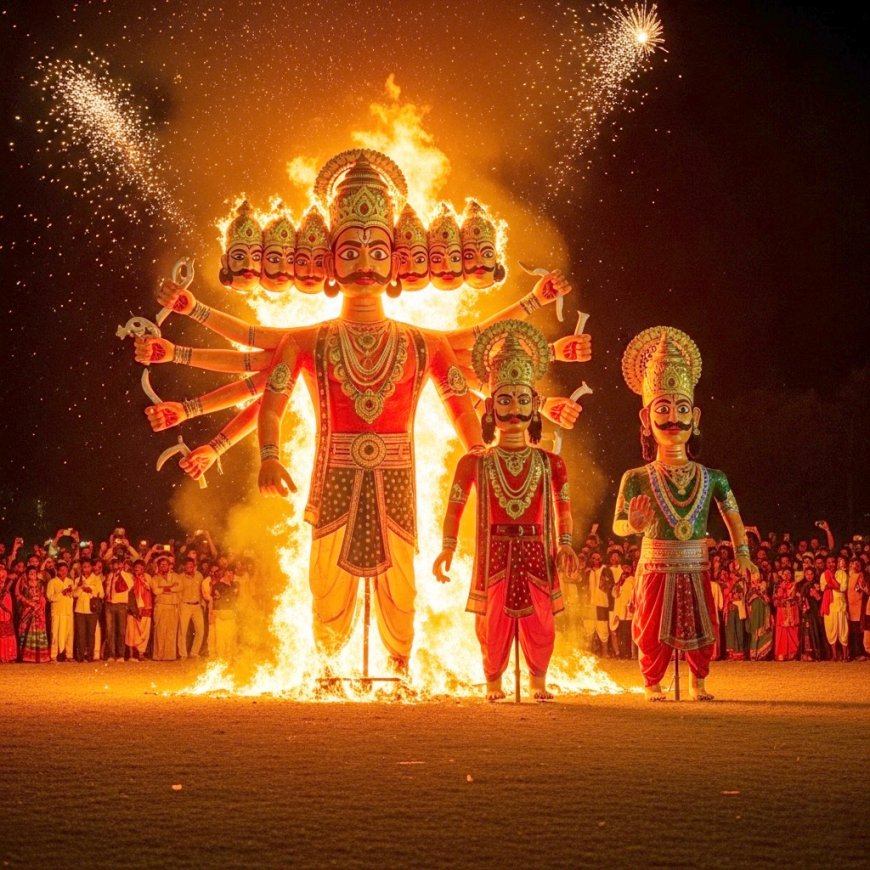
As the monsoon clouds part to reveal clear blue skies, India steps into its most vibrant season of festivals. September and October bring a cultural crescendo, beginning with Dussehra and Navratri and culminating in the luminous celebration of Diwali. Rooted in ancient traditions yet infused with modern enthusiasm, these festivals unite communities in devotion and joy. From buzzing bazaars to decorated homes, from garba beats to glowing diyas, the festive spirit paints India in its brightest colors.
Dussehra: The Triumph of Good
Dussehra, or Vijayadashami, embodies the timeless victory of good over evil—celebrating Lord Rama’s triumph over Ravana and Goddess Durga’s slaying of Mahishasura. As the Ramayana reminds us: “When Dharma is protected, it protects in return.”
Weeks before, artisans craft towering effigies of Ravana, Meghnath, and Kumbhakarna, which are later set ablaze amid fireworks and cheers. “Watching Ravana’s effigy burn feels like cleansing ourselves of negativity,” says Anil Sharma, a craftsman from Delhi who has been building effigies for 30 years.
Homes mirror this spirit with cleaning, floral decorations, and sweets like jalebis and laddoos. Markets brim with marigold garlands, incense, and puja essentials. Northern India especially revels in Ramlila—open-air theatrical renditions of the Ramayana. “It’s not just theatre; it’s our way of passing the values of truth and courage to the next generation,” says theatre director Rajiv Mishra from Varanasi.
Navratri: Nine Nights of Devotion and Dance
Running parallel to Dussehra, Navratri—nine nights dedicated to Goddess Durga—takes diverse forms across India.
In Gujarat, it is synonymous with dance. Dressed in colorful chaniya cholis and embroidered kurtas, people gather for garba and dandiya raas that continue late into the night. “The beats of garba are not just music—they are prayers in motion,” says dancer Rupal Patel from Ahmedabad.
In West Bengal, Navratri transforms into the grandeur of Durga Puja. Artisans sculpt majestic idols of the Goddess slaying Mahishasura, while pandals become cultural marvels. Streets resound with dhak drums as families indulge in pandal-hopping. As Rabindranath Tagore once said: “Durga is not just a goddess, she is the spirit of Shakti within every heart.”
Elsewhere, Navratri is observed with quiet devotion—altars at home, fasting, prayers, and lamps. The festival’s duality—solemn spirituality and exuberant celebration—makes it meaningful for all.
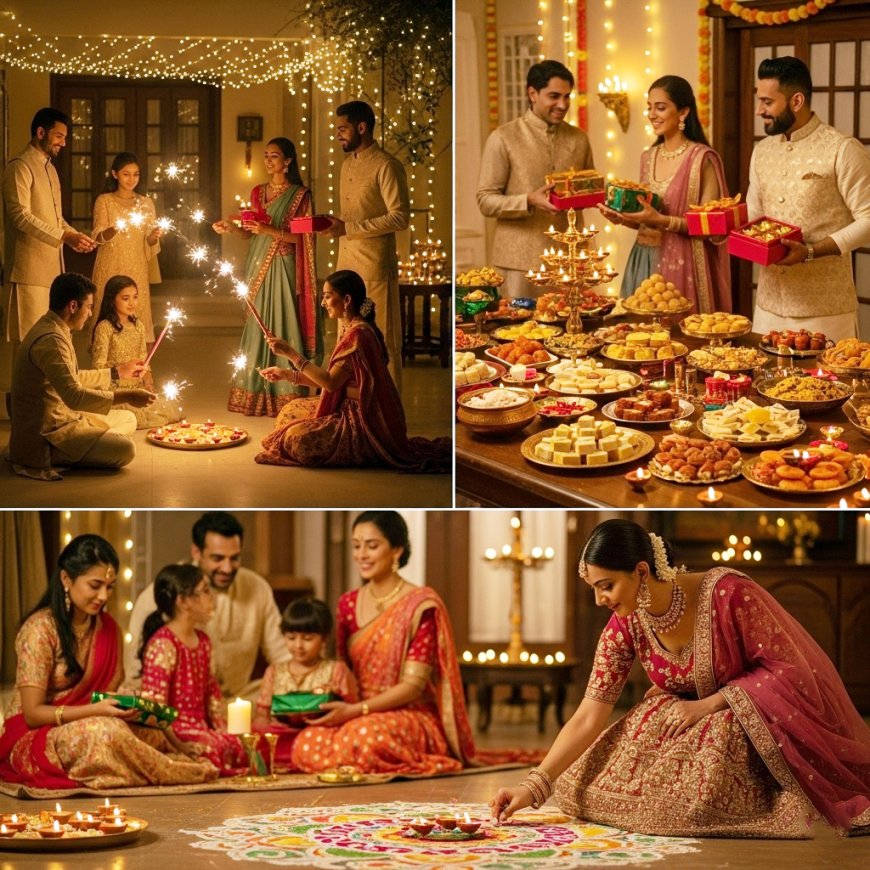
The Anticipation of Diwali
Even as Dussehra and Navratri dominate, anticipation builds for Diwali, the festival of lights. Symbolizing the triumph of light over darkness, Diwali transforms markets into glowing showcases of diyas, rangoli powders, festive wear, and sweets. Families embark on “Diwali ki safai,” repainting and decorating homes to welcome Goddess Lakshmi.
Ayodhya, Lord Rama’s birthplace, has emerged as the epicenter of Diwali with its breathtaking Deepotsav. Millions of diyas illuminate the banks of the Saryu River, creating a record-breaking spectacle. “When you see the riverbanks glowing with lakhs of lamps, you feel as though the whole city is chanting Rama’s name,” says visitor Kavita Singh from Lucknow.
In cities, the season means Diwali melas, shopping fests, and cultural events. In villages, farmers celebrate with community feasts and lamps marking gratitude for the harvest. Gift exchanges—whether sweets, gadgets, or jewelry—add warmth, while social media amplifies the festive spirit far beyond neighborhoods. As the Bhagavad Gita reminds us: “Light dispels darkness, and knowledge dispels ignorance.”
A Season of Unity and Prosperity
Beyond rituals, the festive season showcases India’s ability to unite in diversity. Festivals cut across regions, faiths, and classes, weaving shared joy. “In these months, it doesn’t matter where you come from—festivals make us one family,” says shopkeeper Mohan Yadav from Kanpur.
Economically, the period provides a significant boost—artisans, weavers, potters, sweet-makers, and small vendors see their crafts in high demand. From handmade diyas to designer attire, the season sustains traditional livelihoods. Acts of charity also flourish, deepening the message of compassion.
When India Shines Brightest
As evenings grow crisper, the sequence of festivals builds to a dazzling crescendo—Dussehra’s fiery effigies, Navratri’s vibrant dances, Durga Puja’s grandeur, and Diwali’s radiant Deepotsav. Together, they form a cultural symphony of devotion and joy.
For Indians, this is more than a calendar of rituals—it is a celebration of life itself. The joy lies as much in preparation and anticipation as in the final moments of festivity. Long after the last diya flickers out, the memories of togetherness linger. Truly, this is when India shines brightest—illuminating not just homes but hearts, across borders and generations.
What's Your Reaction?







